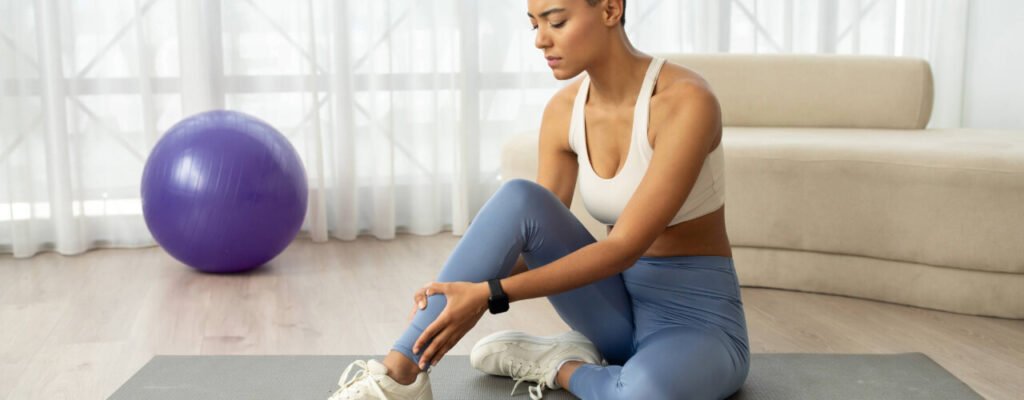Proactive Measures: Preventing Sports Injuries

Preventing sports injuries is crucial for athletes of all levels to maintain peak performance and avoid setbacks in their training. Sports-related injuries account for millions of visits to the emergency room each year. Incorporating preventive measures into your athletic routine can significantly reduce the risk of injury and enhance your overall well-being. Explore the importance of injury prevention, common causes of sports injuries, and how physical therapy can play a vital role in mitigating these risks.
The World of Sports Injuries: Understanding the Causes
Sports injuries encompass various musculoskeletal conditions resulting from athletic activities, including sprains, strains, fractures, and overuse injuries. Common signs and symptoms include pain, swelling, bruising, stiffness, and decreased range of motion. Ignoring these warning signs can lead to more severe injuries and prolonged recovery times.
Causes of Sports Injuries
Inadequate Warm-Up or Stretching
- Failing to prepare the body for physical activity properly increases the risk of injury by limiting flexibility and reducing blood flow to the muscles.
Improper Equipment or Technique
- Using incorrect gear or poorly executing movements can lead to musculoskeletal issues such as ligament sprains, muscle strains, and stress fractures.
Poor Conditioning or Muscle Imbalances
- Insufficient strength and flexibility or imbalances between muscle groups can predispose individuals to injury, especially during high-impact activities or sudden movements.
Environmental Conditions
- Factors such as weather, playing surface, and lighting can contribute to the likelihood of injury. Wet or slippery conditions, uneven terrain, and poor visibility increase the risk of slips, trips, and falls.
Individual Biomechanical Factors
- Anatomical variations or pre-existing conditions such as flat feet, high arches, or joint hypermobility may increase susceptibility to certain types of injuries, such as plantar fasciitis or patellofemoral pain syndrome.
Physical Therapy for Sports Injury Prevention
Physical therapy addresses underlying risk factors and improves biomechanics to reduce the likelihood of injury. By identifying weaknesses or imbalances, physical therapists develop personalized exercise programs to strengthen muscles, improve flexibility, and enhance stability.
Exercise programs tailored by physical therapists focus on enhancing strength, flexibility, balance, and coordination. Incorporating numerous exercises targeting different muscle groups helps improve overall fitness and resilience to injury.
Strategies for Preventing Sports Injuries
Proper Warm-Up and Cool Down
- Incorporate dynamic stretches and mobility exercises before and after physical activity to prepare the body and aid in faster recovery. Gradually increasing the intensity and duration of warm-up activities helps prime the muscles and joints for exercise while reducing the risk of strain or injury.
Technique Correction and Skill Development
- Work with coaches or trainers to refine movement patterns and minimize biomechanical stress. Proper technique improves performance and reduces the risk of overuse injuries caused by repetitive or faulty movements.
Gradual Progression
- Avoid sudden increases in training intensity or volume to allow the body to adapt and reduce the risk of overuse injuries. Gradually increasing the duration, frequency, or intensity of workouts helps with progressive adaptation and minimizes the risk of strain or fatigue.
Cross-Training and Rest
- Engage in different activities to prevent overuse of specific muscle groups and allow adequate time for recovery. Cross-training enhances overall fitness and reduces the risk of overuse injuries by distributing stress across different body parts.
Equipment Maintenance and Safety
- Ensure equipment is properly fitted, maintained, and used according to safety guidelines. Wearing appropriate protective gear, such as helmets, pads, or braces, can help reduce the risk of impact-related injuries during contact sports or high-risk activities.
Securing Sporting Success: Prioritizing Preventive Measures for Injury-Free Performance
Embrace the principles of injury prevention to safeguard your athletic pursuits and unlock your full potential on the field, court, or track. Contact our team at UNIQ Physical Therapy in (Town) today to learn more about incorporating preventive measures into your training regimen and discover how physical therapy can help with preventing sports injuries.




